Gas welding wire is an essential component in the welding industry, playing a crucial role in joining metals and other materials together. It is a versatile and reliable tool that provides a strong bond between workpieces, making it an indispensable resource for professionals and hobbyists alike. In this comprehensive guide, we will delve deep into the world of gas welding wire, exploring its various types, applications, and benefits. Gas welding wire, also known as filler wire or welding rod, is a consumable electrode used in gas welding processes to supply filler material to the weld joint. It is typically made of a metal alloy that melts and bonds with the base metal when heated during the welding process. Gas welding wire comes in various compositions and diameters to suit different welding applications and materials.
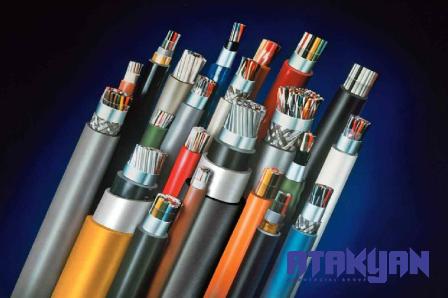
.
 By understanding the various types, applications, and benefits of gas welding wire, welders can make informed decisions and achieve optimal results in their welding projects. Gas welding wire comes in a variety of classifications based on the type of metal or alloy it is composed of. Understanding the different types of welding wire available can help welders choose the most suitable option for their specific applications. Some common types of gas welding wire include: 1. Mild Steel Welding Wire: Mild steel welding wire is one of the most commonly used types of welding wire due to its versatility and affordability. It is suitable for welding low-carbon steel and provides good strength and ductility in the welded joint. Mild steel welding wire is often used in general fabrication, automotive repair, and structural welding applications. 2. Stainless Steel Welding Wire: Stainless steel welding wire is designed for welding stainless steel and other corrosion-resistant alloys. It offers excellent resistance to rust and corrosion, making it ideal for applications in the food industry, chemical processing, and marine environments. Stainless steel welding wire comes in various grades to match the composition of the base metal being welded.
By understanding the various types, applications, and benefits of gas welding wire, welders can make informed decisions and achieve optimal results in their welding projects. Gas welding wire comes in a variety of classifications based on the type of metal or alloy it is composed of. Understanding the different types of welding wire available can help welders choose the most suitable option for their specific applications. Some common types of gas welding wire include: 1. Mild Steel Welding Wire: Mild steel welding wire is one of the most commonly used types of welding wire due to its versatility and affordability. It is suitable for welding low-carbon steel and provides good strength and ductility in the welded joint. Mild steel welding wire is often used in general fabrication, automotive repair, and structural welding applications. 2. Stainless Steel Welding Wire: Stainless steel welding wire is designed for welding stainless steel and other corrosion-resistant alloys. It offers excellent resistance to rust and corrosion, making it ideal for applications in the food industry, chemical processing, and marine environments. Stainless steel welding wire comes in various grades to match the composition of the base metal being welded.
..
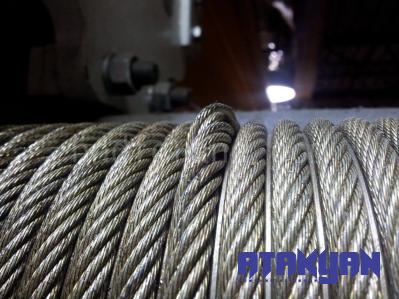 3. Aluminum Welding Wire: Aluminum welding wire is specifically formulated for welding aluminum and aluminum alloys. It has a lower melting point than other types of welding wire and requires high heat input to achieve proper fusion. Aluminum welding wire is commonly used in automotive manufacturing, aerospace industry, and fabrication of aluminum structures. 4. Copper Welding Wire: Copper welding wire is used for welding copper and copper alloys, providing good conductivity and corrosion resistance. It is often employed in electrical and electronic applications, as well as manufacturing of copper piping and tubing. Copper welding wire helps to maintain the conductivity and integrity of the welded joint. 5. Flux-Cored Welding Wire: Flux-cored welding wire contains a flux compound within its core, which generates a protective shielding gas when melted. This eliminates the need for an external shielding gas, making flux-cored welding wire suitable for outdoor welding applications or in environments with drafts or wind. Flux-cored welding wire is available in various compositions for different metals and welding processes.
3. Aluminum Welding Wire: Aluminum welding wire is specifically formulated for welding aluminum and aluminum alloys. It has a lower melting point than other types of welding wire and requires high heat input to achieve proper fusion. Aluminum welding wire is commonly used in automotive manufacturing, aerospace industry, and fabrication of aluminum structures. 4. Copper Welding Wire: Copper welding wire is used for welding copper and copper alloys, providing good conductivity and corrosion resistance. It is often employed in electrical and electronic applications, as well as manufacturing of copper piping and tubing. Copper welding wire helps to maintain the conductivity and integrity of the welded joint. 5. Flux-Cored Welding Wire: Flux-cored welding wire contains a flux compound within its core, which generates a protective shielding gas when melted. This eliminates the need for an external shielding gas, making flux-cored welding wire suitable for outdoor welding applications or in environments with drafts or wind. Flux-cored welding wire is available in various compositions for different metals and welding processes.
…
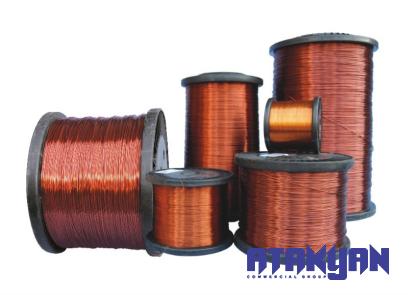 In conclusion, gas welding wire is a versatile and essential component in the welding industry, offering a wide range of benefits and applications. From providing structural strength and durability to enhancing the appearance of weld joints, gas welding wire plays a crucial role in joining metals and other materials together. By understanding the various types, applications, and benefits of gas welding wire, welders can make informed decisions and achieve optimal results in their welding projects.
In conclusion, gas welding wire is a versatile and essential component in the welding industry, offering a wide range of benefits and applications. From providing structural strength and durability to enhancing the appearance of weld joints, gas welding wire plays a crucial role in joining metals and other materials together. By understanding the various types, applications, and benefits of gas welding wire, welders can make informed decisions and achieve optimal results in their welding projects.



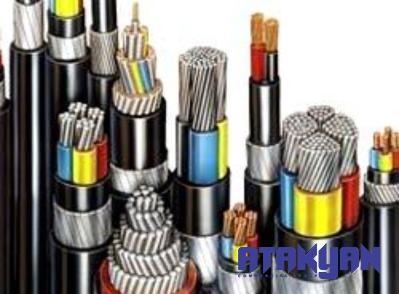
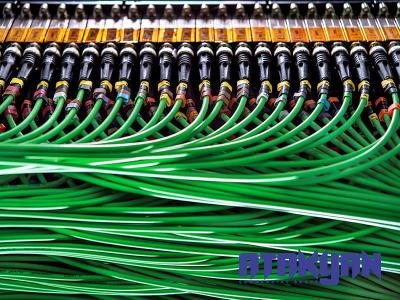

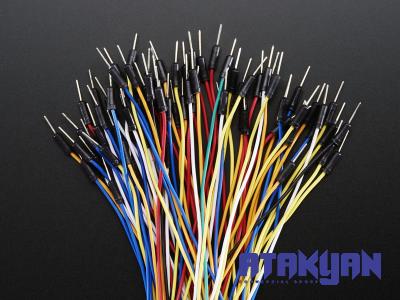

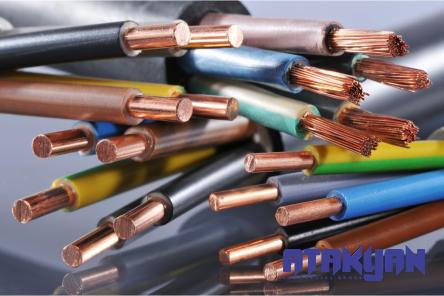
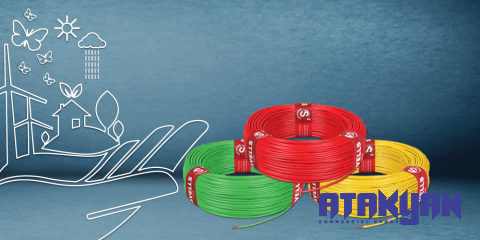
Your comment submitted.